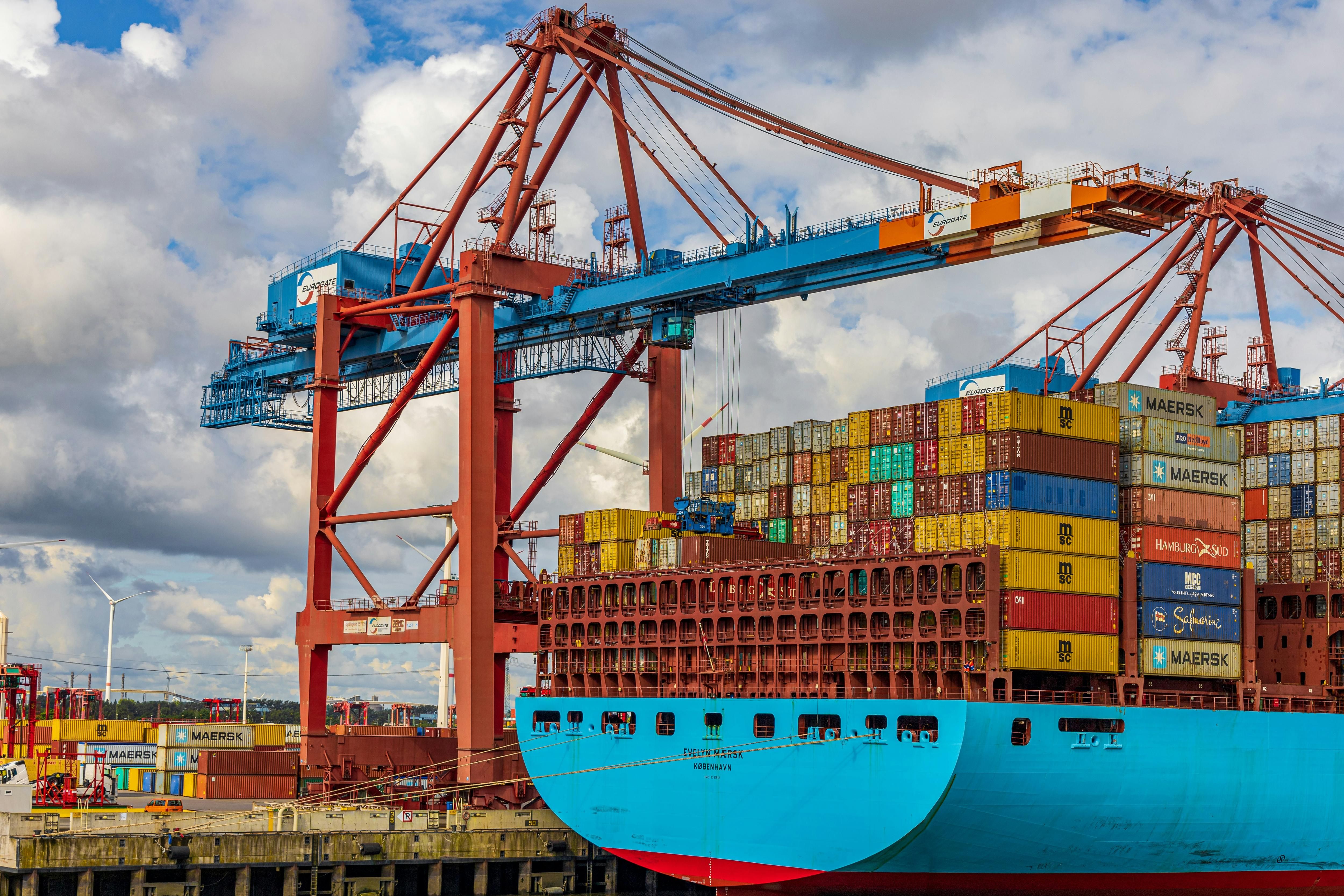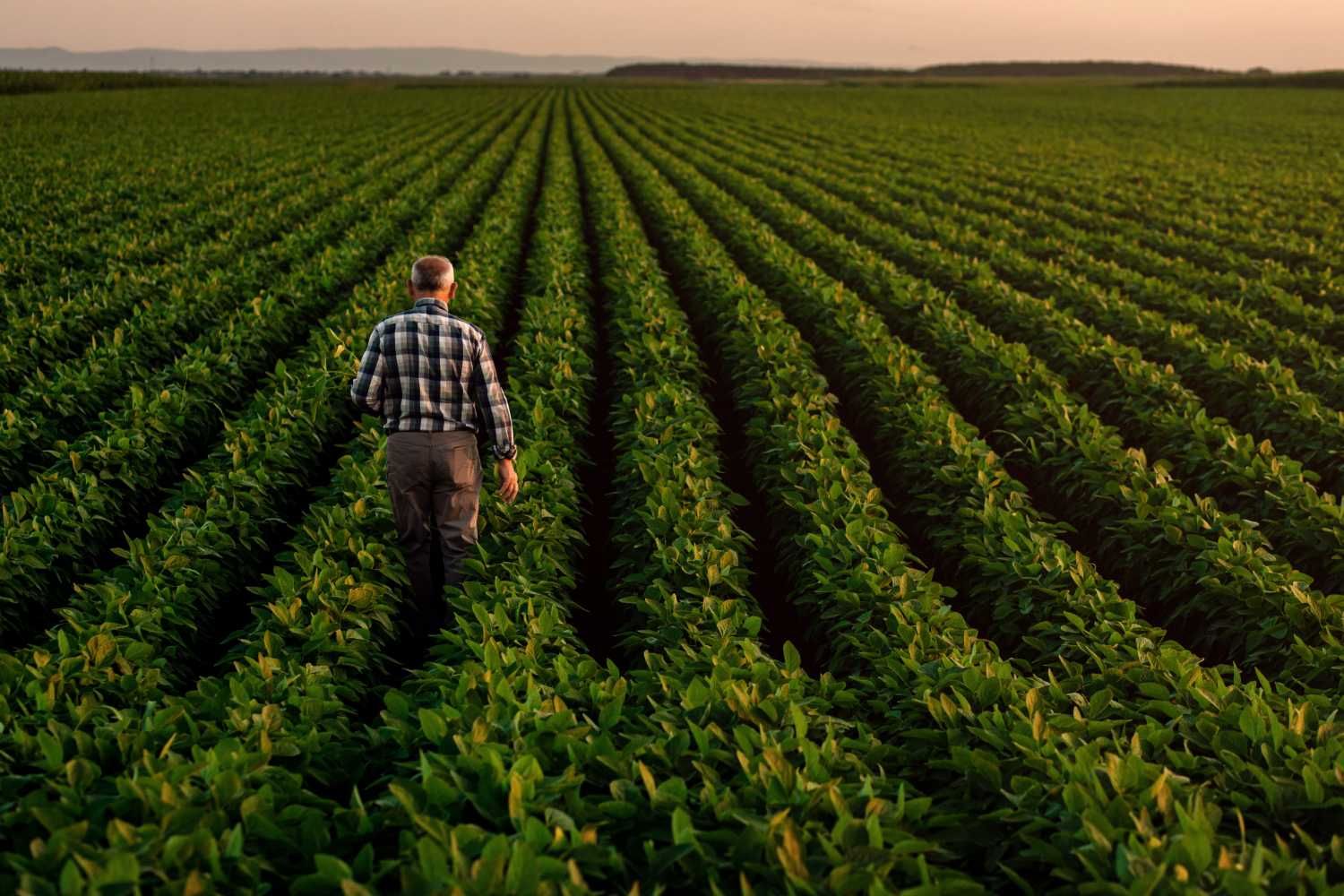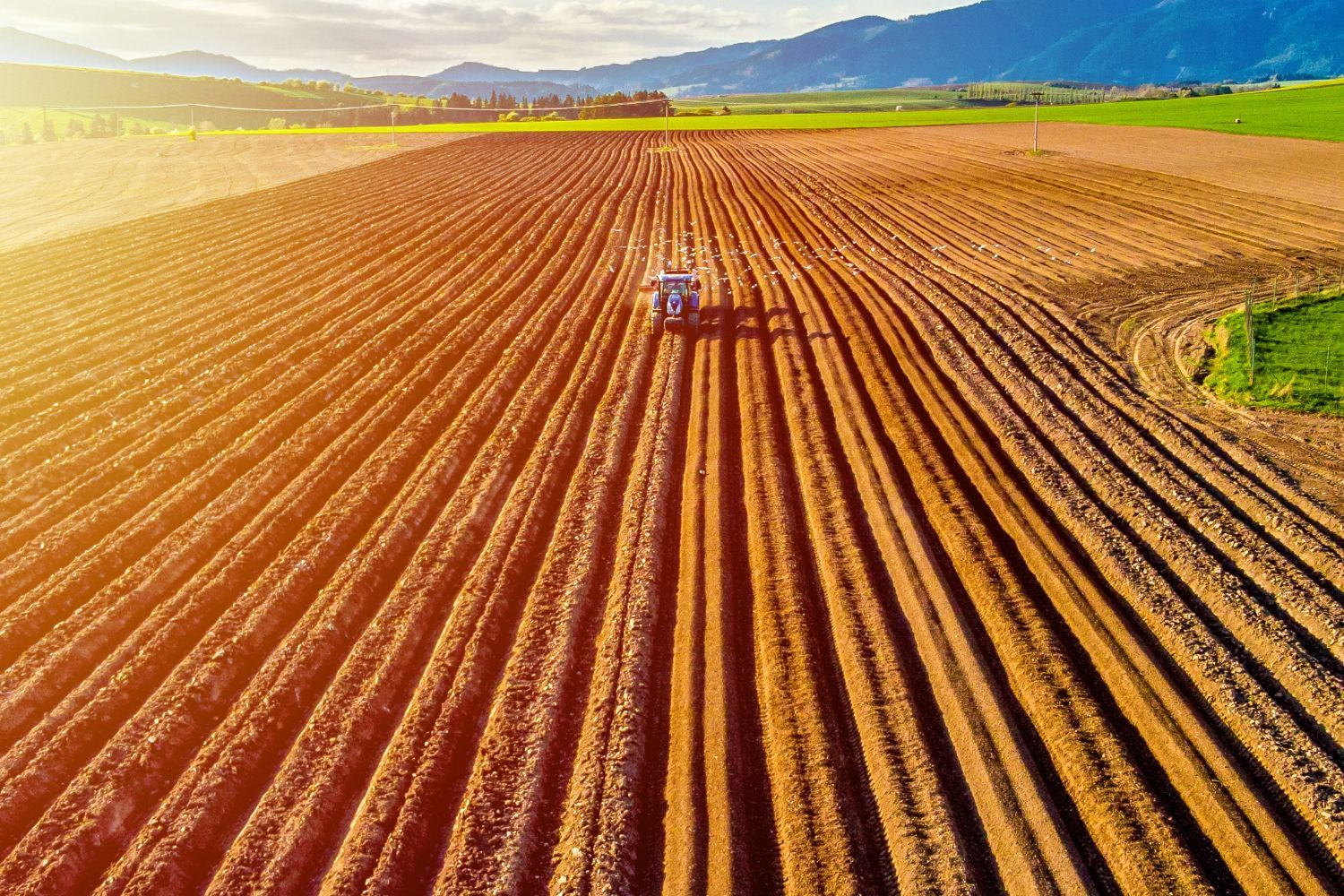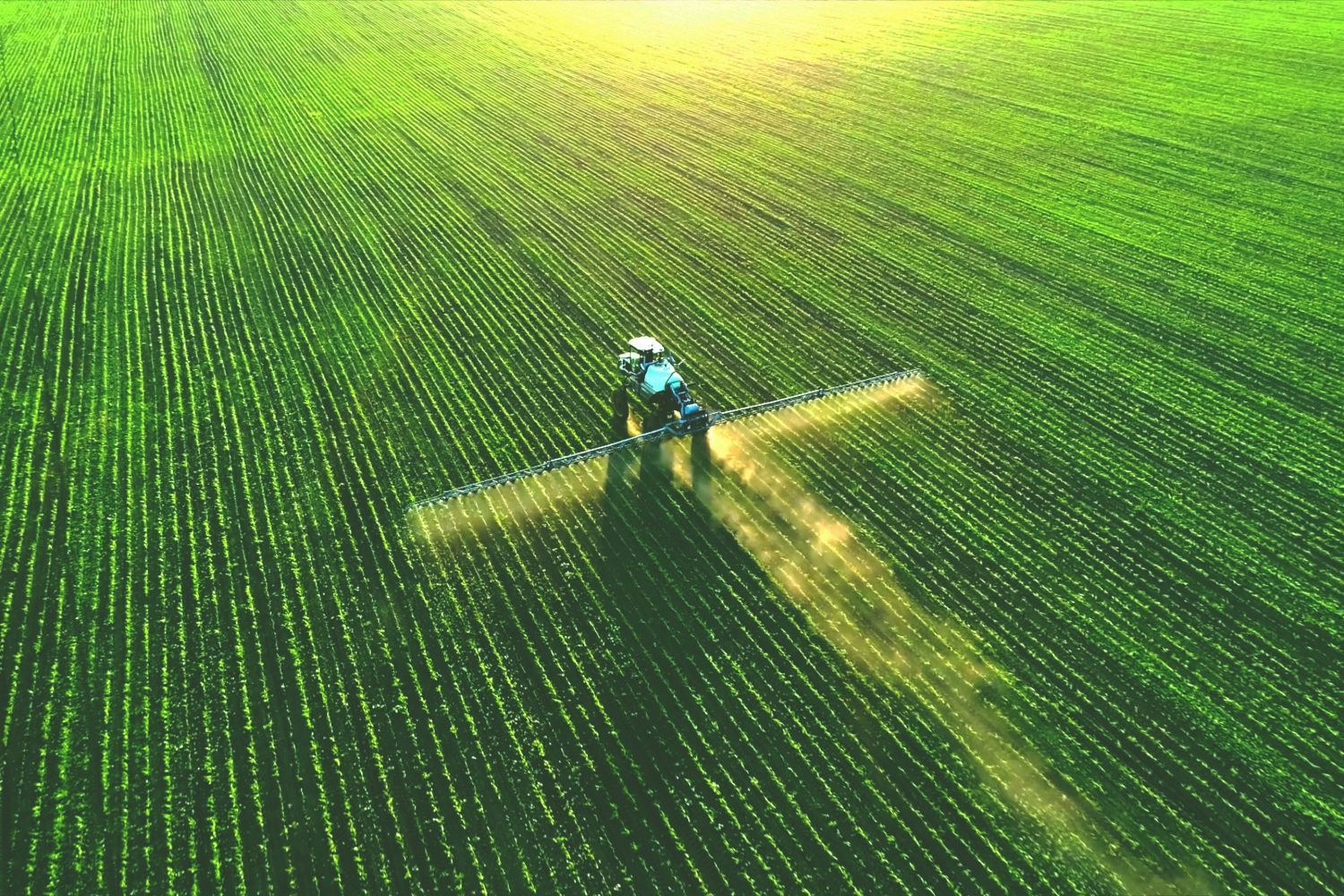Western Resources Corp. (TSX: WRX) (" Western Resources " or the " Company ") announces that, due to the continuing financial hardship the Company is experiencing, its Annual Information Form, audited annual financial statements and related management's discussion and analysis for the financial year ended September 30, 2024 (the " Required Filings "), are not expected to be finalized by December 30, 2024, being the date that the Required Filings are required to be filed under applicable Canadian securities laws.
The Company has applied to the British Columbia Securities Commission as the Company's Principal Regulator for a management cease trade order (the " MCTO ") pursuant to National Policy 12-203 - Management Cease Trade Orders (" NP 12-203 "). If granted, the MCTO will prohibit or restrict trading of the Company's securities by the Company's Chief Executive Officer, Chief Financial Officer, and such other directors, officers and persons as determined by the applicable regulatory authorities. There is no certainty that the MCTO will be granted.
The Company currently expects to file the Required Filings on or before March 31, 2025, and, once filed, will issue a news release announcing their filing. Until the Company files the Required Filings, it will comply with the alternative information guidelines set out in NP 12-203.
"Wenye Xue"
CEO and Director
For Further Information Contact:
Jerry Zhang
E:jerry@westernresources.com
P: 306-924 9378
Cautions Regarding Forward-Looking Statements
Except for statements of historical fact relating to the Company, certain information contained herein constitutes "forward-looking information" under Canadian securities legislation. Forward-looking statements are based on the opinions and estimates of management as of the date such statements are made and they are subject to known and unknown risks, uncertainties and other factors that may cause the actual results of the Company to be materially different from those expressed or implied by such forward-looking statements or forward-looking information. Although management of the Company has attempted to identify important factors that could cause actual results to differ materially from those contained in forward-looking information, there may be other factors that cause results not to be as anticipated, estimated or intended. There can be no assurance that such statements will prove to be accurate, as actual results and future events could differ materially from those anticipated in such statements. Accordingly, readers should not place undue reliance on forward-looking information. The Company does not undertake to update any forward-looking information that is set out herein, except in accordance with applicable securities laws.






